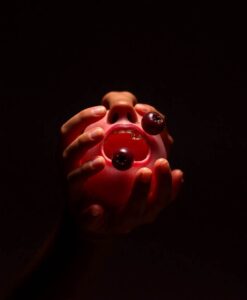When a laboratory finding is framed against centuries of human use, scientists can ask sharper questions about safety, dosage, and mechanisms. Translating mouse results into human treatments requires careful trials, chemical isolation of active ingredients, and studies that include diverse populations. Researchers who combine biochemical expertise with knowledge of traditional practice can design better experiments and avoid common pitfalls that slow promising leads.

This line of research connects to human potential by pointing toward treatments that could restore daily energy balance and reduce long-term complications for people with diabetes. The next steps involve testing whether the effect holds in people and whether the compound can be made accessible and equitable. Follow the full article to learn how this desert berry might shift our approach to metabolic health and what researchers plan to test in clinical studies.
An extract from a desert berry used in traditional Chinese medicine restored insulin function and stabilized metabolism in diabetic mice. The findings hint at a powerful natural alternative for holistic diabetes treatment.



